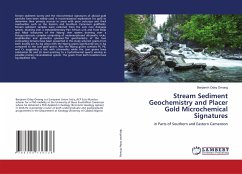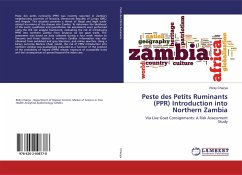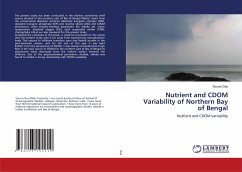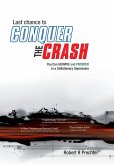The book deals with two different ironstone rock types encountered in two sedimentary successions (Upper Cretaceous and Lower Cenozoic) in the northern Bahariya, Egypt. Occurrence of the two iron-bearing rock types in a same area offers an opportunity to better understanding the origin of ironstone deposits. The ironstones occur as thin crusts within Cenomanian clastic rocks (Bahariya Formation) and as big ore bodies at three mine areas, associated to Eocene carbonate units. Analysis of the two ironstone types was carried out by means of field, petrographic, mineralogical and geochemical investigations. The ironstones contain similar iron-bearing minerals, mainly goethite and hematite, which display a variety of fabrics, i.e. concretionary, massive, stromatolitic-like, pisolithic, colloidal, reiniform aggregates, boxwork, leisegang, geode-like and brecciated. They show preferential replacement and cementation of carbonates by iron-rich minerals. Thus, the two ironstone types replaced both depositional and diagenetic carbonates (dolomites) with preservation of the structures, fabrics and thickness of their precursors.







